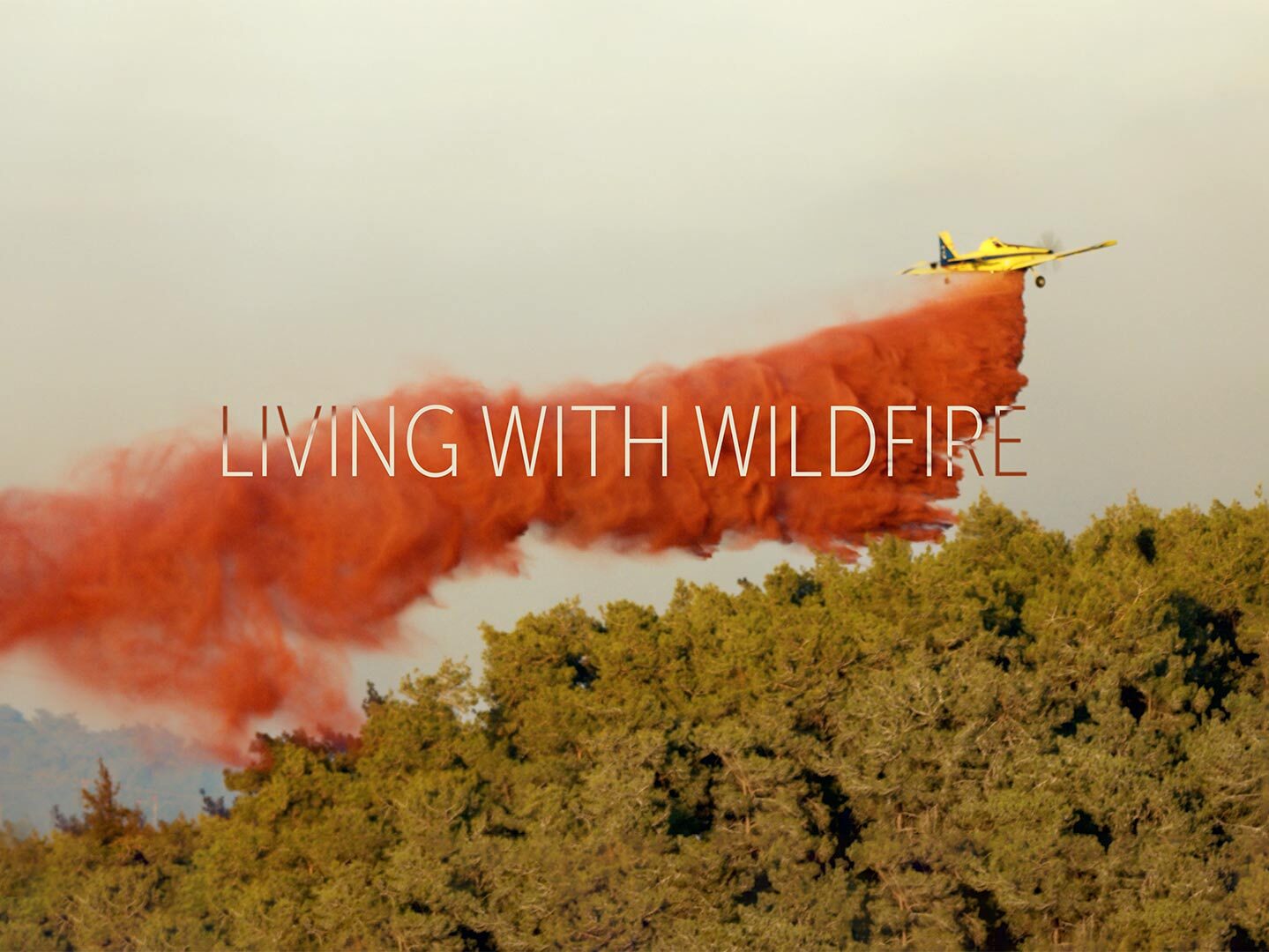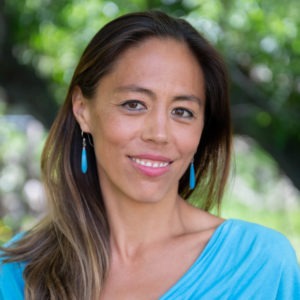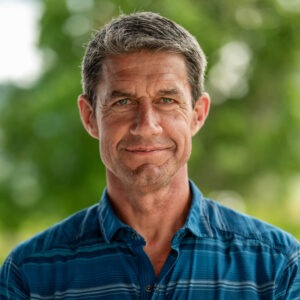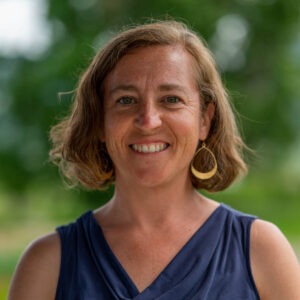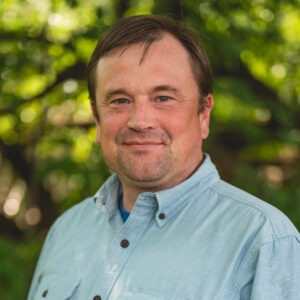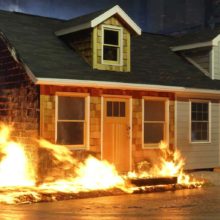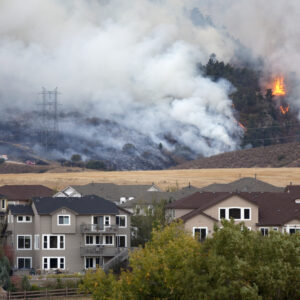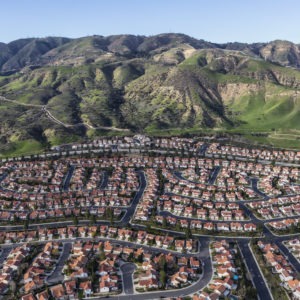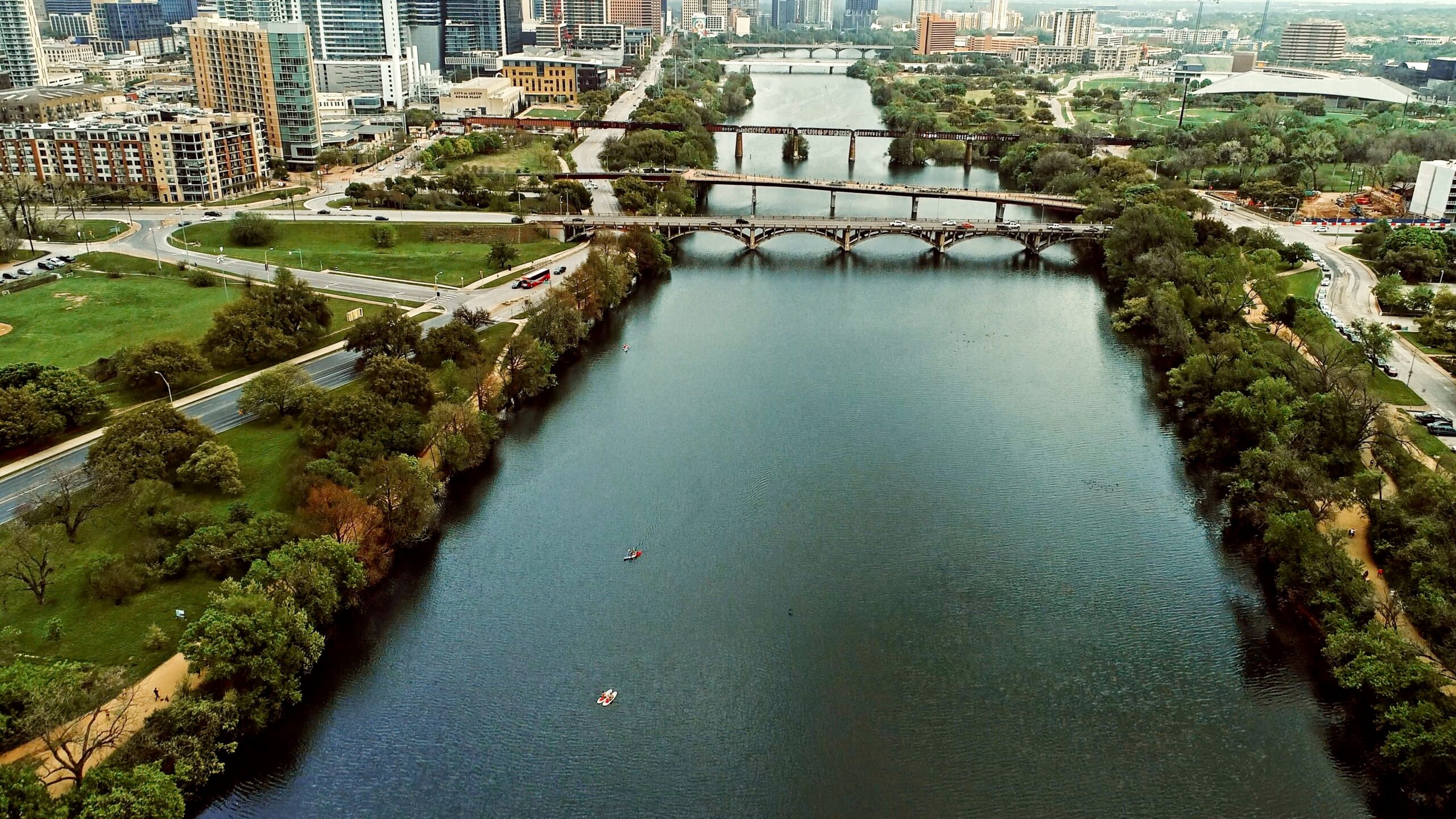
In 2020, Austin, Texas became a national leader when it comes to reducing the wildfire risk to homes and buildings in the Wildland Urban Interface (WUI). In this ten-minute video produced by Headwaters Economics, leaders from Austin describe how they came to realize the magnitude of the wildfire threat, and how they brought together diverse interests to pass one of the most forward-looking WUI codes in the U.S.
Subscribe to our newsletter!
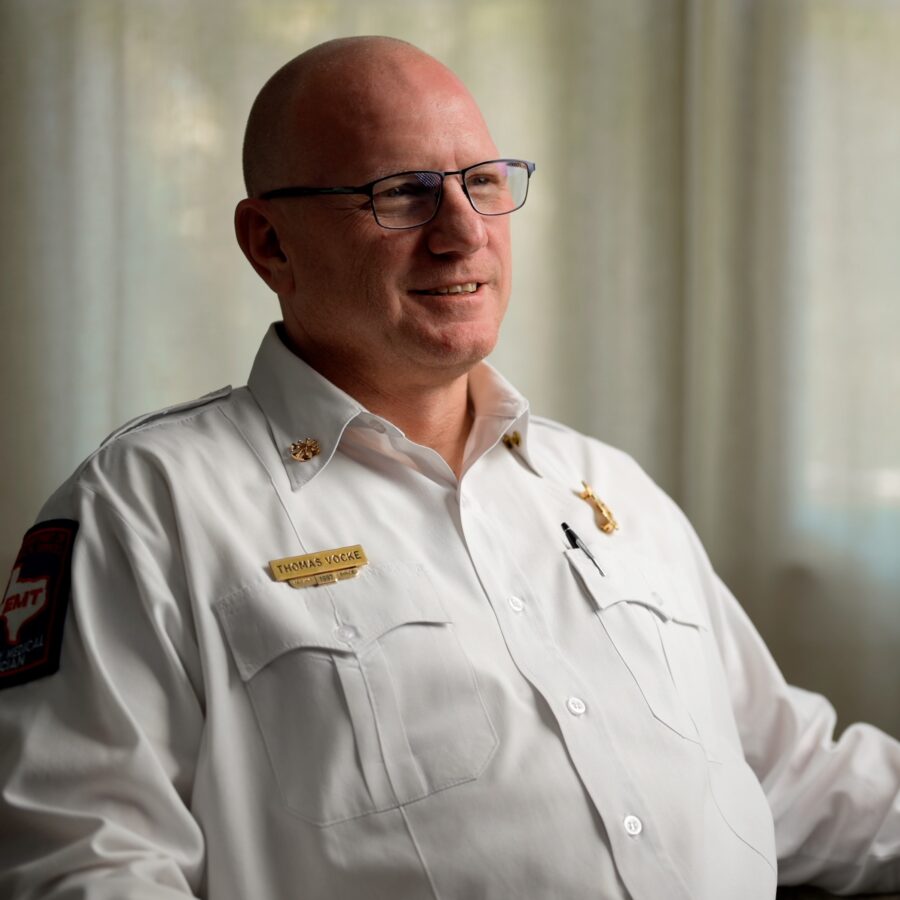
Tom Vocke
Division Chief, Austin Fire Department
Chief Vocke recalls his direct experience with the 2011 Bastrop Fire near Austin and how it helped change the way the city viewed wildfire. Throughout the process of creating a WUI code he helped educate the community on why a WUI code was important, and how Austin could get it done.
Alison Alter
Councilmember, Austin City Council
Councilmember Alter represents an Austin community in the Wildland Urban Interface. To build momentum for a WUI code that could reduce risks for everyone, she worked with homeowners, builders, city agencies and others to help design a WUI code that was customized to Austin’s unique needs.
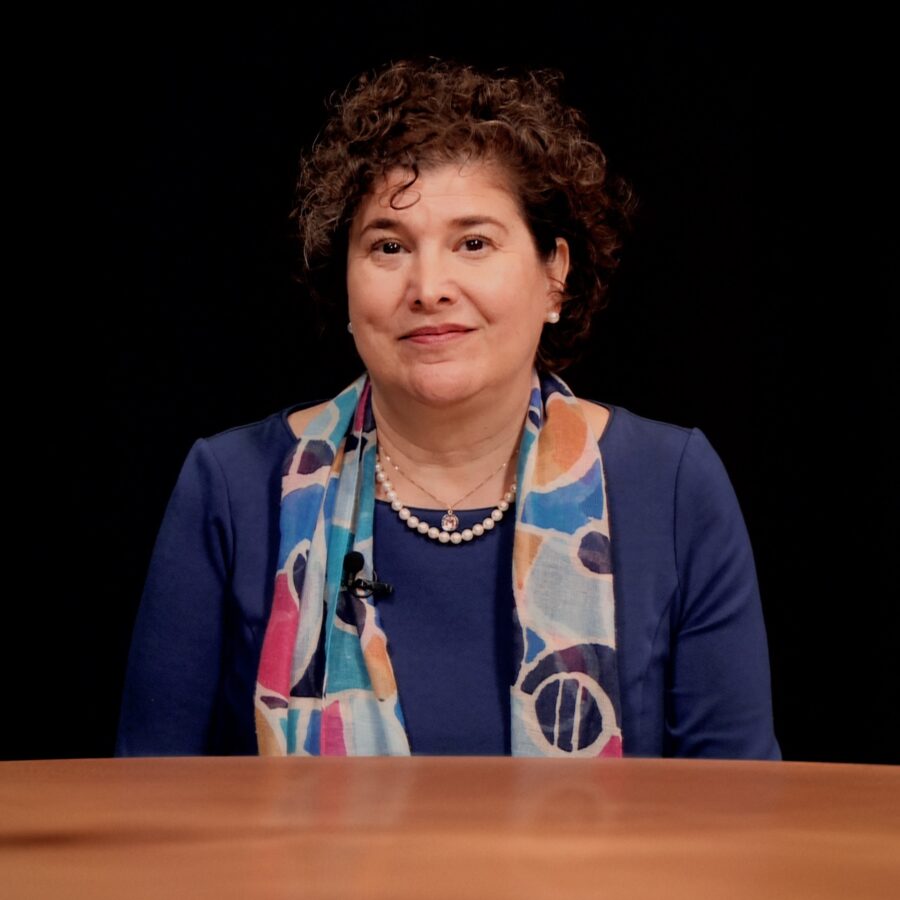
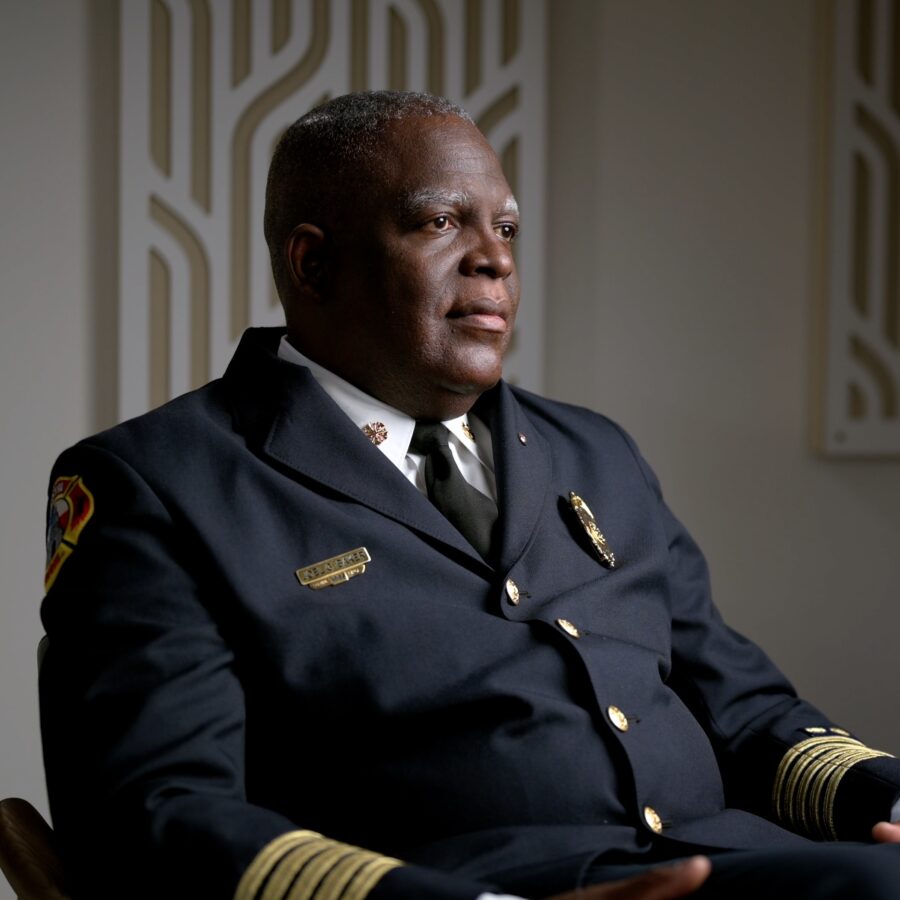
Joel Baker
Fire Chief, Austin Fire Department
As the new head of Austin’s Fire Department, Chief Baker quickly realized that the wildfire threat to the city had to be managed in a variety of ways, and that a WUI code would be the kind of risk reduction that the community shouldn’t go without.
Kimiko Barrett, Ph. D.
Headwaters Economics
Kimi and the team at Headwaters Economics helped build some of the data tools that Austin would use to evaluate and plan for its WUI code implementation. Those early tools inspired resources at the website wildfirerisk.org that any community can use to learn about their own wildfire risk, and steps they can take to manage it.
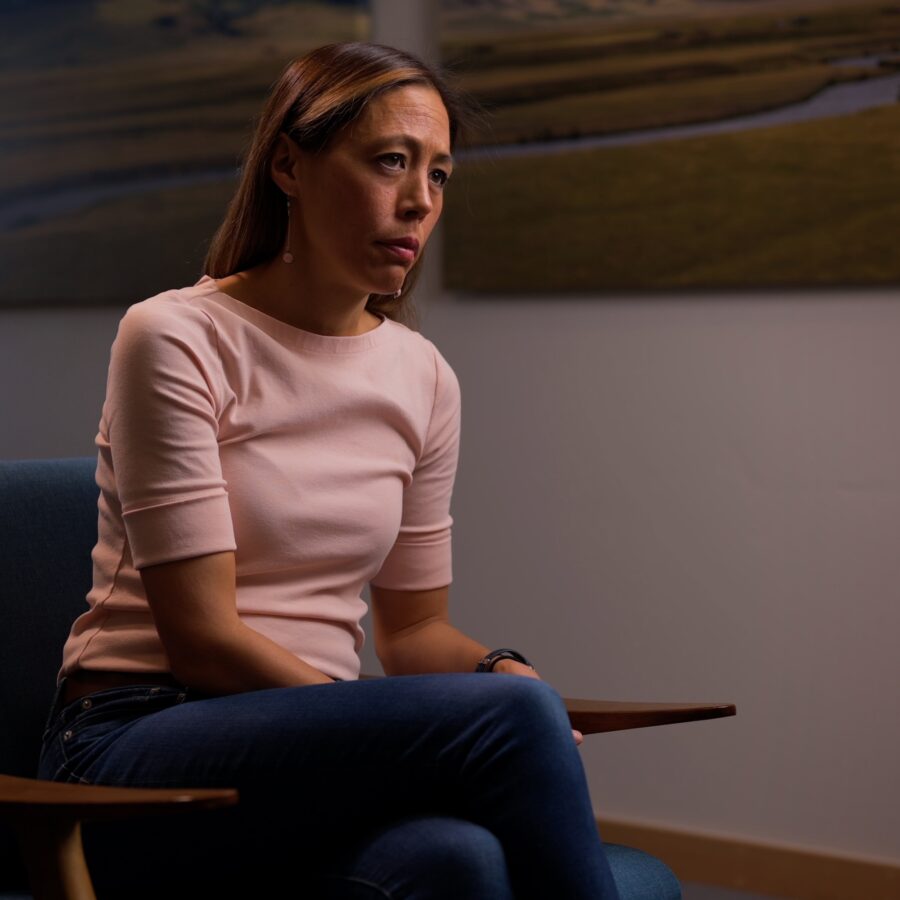

Justice Jones
Wildfire Division Manager, Austin Fire Department
Justice is one of the Austin Fire Department’s top wildfire experts and played a key role in helping all corners of the community understand what the wildfire risk is, and what kinds of mitigation tools and approaches would be best suited for the geography and communities within Austin.
David Glenn
Home Builders Association of Greater Austin
Builders have unique interests when it comes to a WUI code. David worked closely with the city so that the final WUI code could be supported by the individuals and businesses behind Austin’s thriving development.

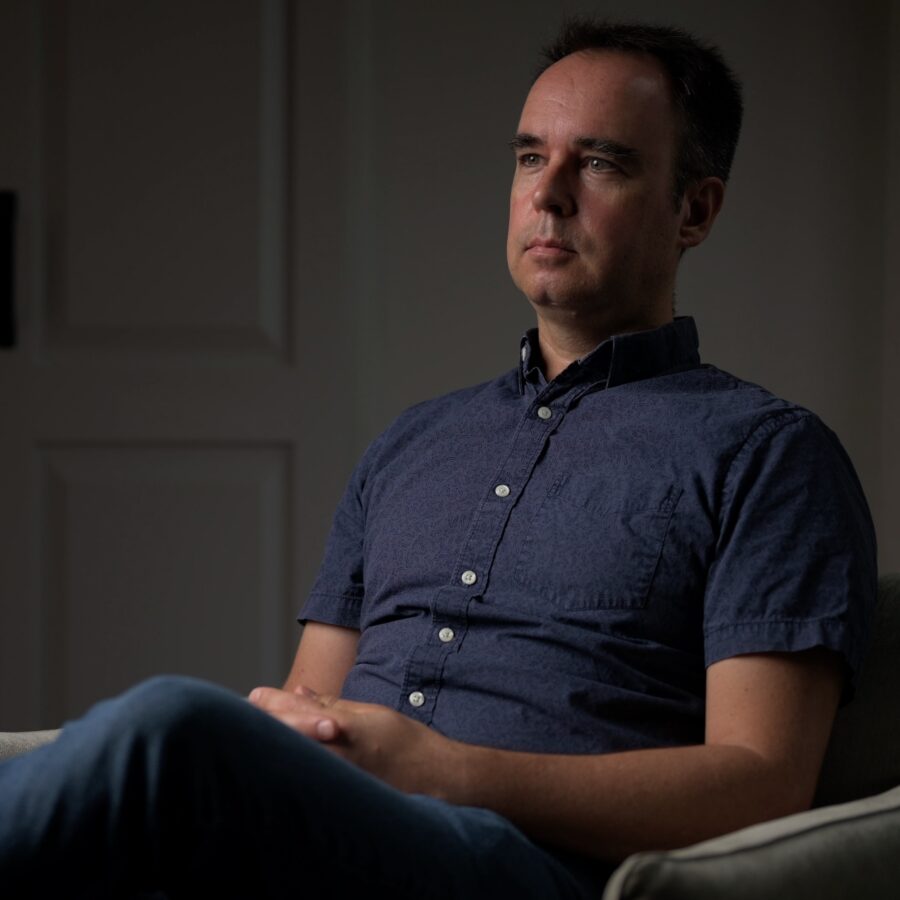
Marc Coudert
Office of Resilience, City of Austin
It was widely recognized in Austin that wildfire and a WUI code can impact people from diverse backgrounds in different ways. Marc helped ensure that everyone in Austin was able to provide input, and ultimately benefit from policy and programs that address the wildfire risk.
Learn More
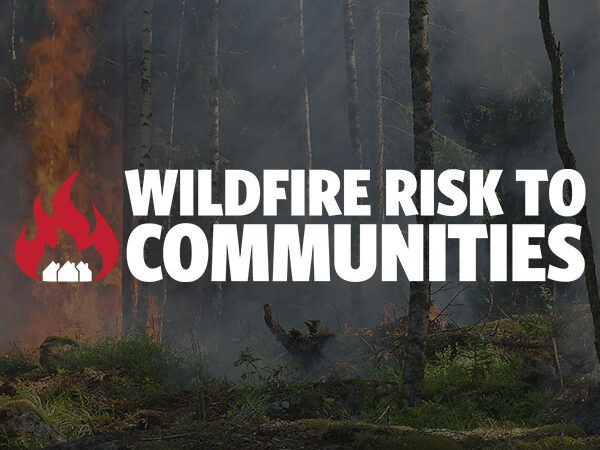
Wildfire Risk to Communities
A free, easy-to-use website with interactive maps and resources to help communities understand and reduce wildfire risk.
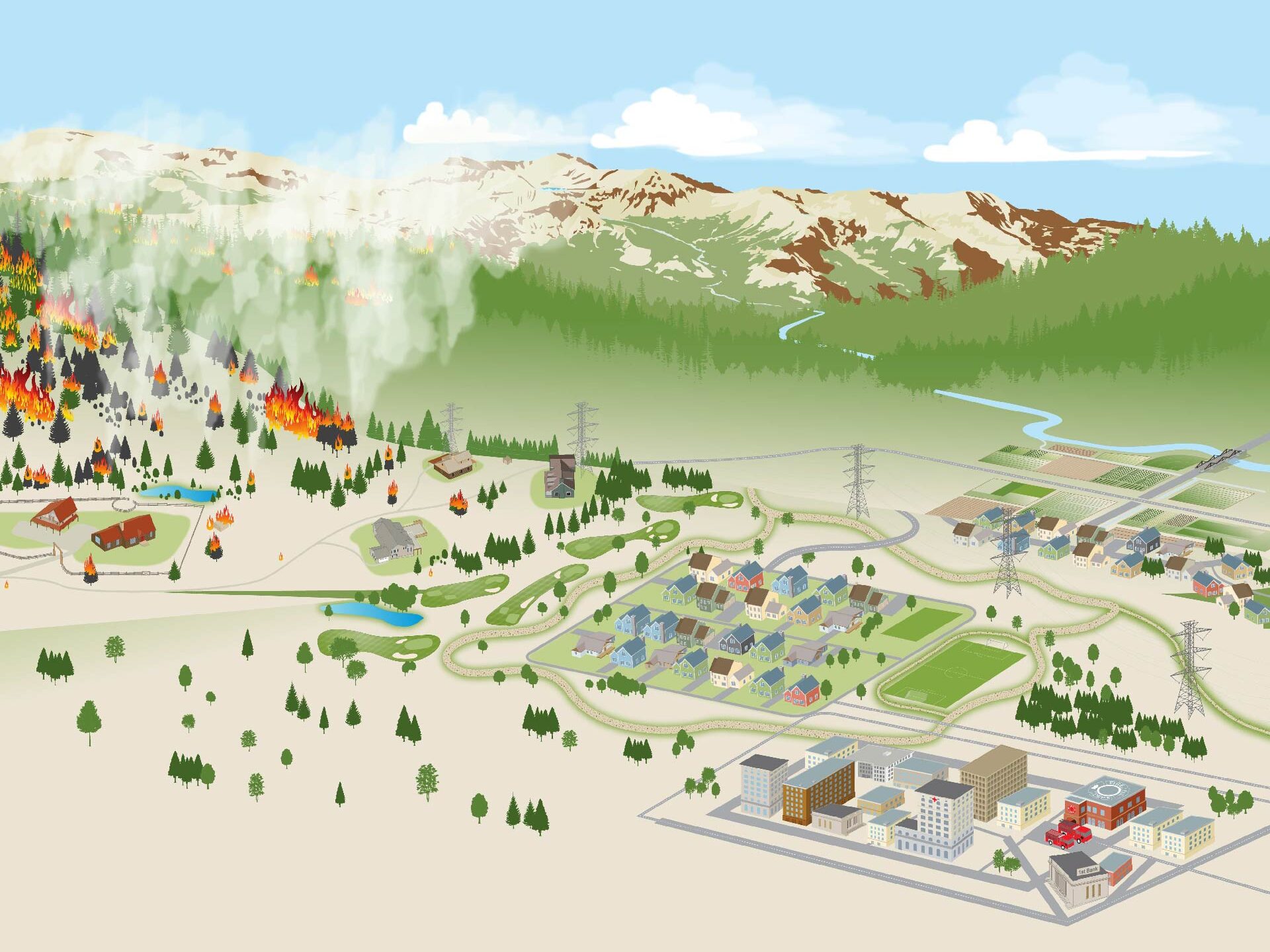
Firetopia
Use our interactive Firetopia Toolkit to see how land use planning can help your community to survive a wildfire.
Full transcript
Tom Vocke – Division Chief, Austin Fire Department
I remember, getting off work the day of the Bastrop fire. The wind was blowing, it hadn’t rained, it was a hundred degrees, and I just remember thinking, this is bad.
News Anchor
We’re going to start this morning in Texas where a series of fierce wildfires has much of that state on edge. The worst right now is in Bastrop, Texas, it’s near the state capital of Austin.
Tom Vocke
It was eye-opening for all of us, for the entire department, and for the entire city. It was a big deal and really changed the way everything around wildfire was looked at and discussed in the Austin area.
Alison Alter – Councilmember, Austin City Council
The city of Austin is a thriving city. We’re growing really fast. We have a lot of green space, a lot of places that are at risk of wildfire.
Joel G. Baker – Fire Chief, Austin Fire Department
Austin’s about 290 to 325 square miles, but most visitors, when they visit Austin, they’re just travel downtown Austin, and see all the high rise building the concrete structures.
Alison Alter
The part of the city that I represent is in the WUI, the Wildland Urban Interface.
Kimi Barrett – Researcher & Policy Analyst, Headwaters Economics
It is where homes and communities intermingle with wildland vegetation. More than one in three homes is located in a wildfire prone area, making it one of the fastest growing land use types in the country.
Alison Alter
We have a city that has a ring of wildfire risk around it, and many people are still not aware of their wildfire risk.
Joel G. Baker
We’re surrounded by trees and vegetation. So when you think about the risk here in Austin, being in proximity to the wildland area and wildland urban interface, we have to make sure that we educate our community on the risk that’s out there, that you’re familiar with your surrounding areas. Because if you’re not, you can easily start a wildland fire without thinking about what you’re doing.
Alison Alter
So we’ve been trying to take a really systematic approach to our wildfire risk and really understand what we can control and what we can’t control. And one of the things that we saw that we could control is how buildings were being built.
Justice Jones – Wildfire Division Manager, Austin Fire Department
In Texas, we experienced catastrophic, fast moving grass fires. So we incorporated things like how quickly could a grass fire reach a wooden fence in East Austin. That may be just as much of a problem as someone on a ridge top in West Austin. So how do we make the code equitable and apply to all areas at risk? So all of our vulnerable populations were protected.
Tom Vocke
What used to be just a grass fire that wasn’t a big concern. Now it’s threatening multiple structures.
Alison Alter
The codes that we had about building could make a huge difference. And so we decided to look at the WUI code in order to make our community safer over the long haul.
Kimi Barrett
A WUI code is one of the most effective strategies available to communities to reduce that risk to homes, neighborhoods, and infrastructure specific to wildfire risk. It’s a regulatory tool to mitigate risk to the built environment. So it provides guidance on constructional materials, structural design, access for emergency vehicles, water supply, and to some degree neighborhood planning. It ensures that mitigation actions are taken across the board and throughout a neighborhood.
Justice Jones
Something that we identified and recognized early on is that we wanted to put a high priority on ensuring that we were equitable in our approach to mitigating wildfire risk. So we engaged Headwaters Economics to help us develop a wildfire vulnerability viewer. What this did is give us insight to not just the communities at risk from physical factors like fuel, topography and weather, but those residents who are also at risk but have a more difficult time recovering in the event of a wildfire.
Tom Vocke
And we can say, listen, this is real. Here’s the map, here’s the data, here’s the number of structures and the data brought it into reality, right? So, it’s real. Then at that point, these are my constituents that are living in my district that are in a precarious situation that we need to do something to assist with it.
Kimi Barrett
Austin’s desire to better understand the socioeconomic implications of increasing wildfire risk led to a national resource that’s now available at Wildfire Risk to Communities or wildfirerisk.org that everybody can access to now identify which populations are going to be adversely impacted by increasing wildfires.
Justice Jones
What this report did is give us the tools to have conversations with communities and community leaders to understand that it’s a combination of risk and vulnerability that we’re working to resolve to achieve our community’s resiliency.
David Glenn – Home Builders Association of Greater Austin
We were, we were thankful that Austin Fire came forward really early on in the process. I think that’s one of the most important things that made this process successful. I think the role that the construction industry plays is definitely a piece of the puzzle. It’s a large puzzle that involves other elements, policy makers, city county partners, but also, neighborhoods HOAs and the individual homeowners themselves.
Joel G. Baker
If you don’t get community stakeholders investing in those codes, then you just got a bunch of words on paper in the books, stuck on a shelf somewhere.
Mark Coudert – Office of Resilience, City of Austin
Part of the process of getting people together and working with them is trying to figure out what the value is to each individual group. So what value is it talking about wildfire to say parks and rec or the utilities or roads and bridges, et cetera. If there’s a value to them, they’ll keep on showing up.
Alison Alter
And I think for our developers in particular, there was a fear about the cost that would be involved and that this would be more costly.
David Glenn
We had a lot of concerns early on. We were visiting with Austin Fire and we said, what goals are you trying to accomplish?
Marc Coudert
The end goal is to have people thinking about wildfire throughout the process of all the things they do.
David Glenn
After having some conversations with them and said, these are the things that are most expensive. How can we meet your goals without sacrificing affordability? But the fact that we’re able to pick up the phone and say, “Hey, we have this issue. Can we have a meeting about it?” And they’re willing to take those meetings is really important to this process.
Alison Alter
We had to really show proof of concept that this would not be more costly and that if you required some thought at the front end, you could make people safer, you could save them money on their insurance.
Tom Vocke
The crazy thing is, with all the things that we’ve seen over the last several years, wildfire wasn’t even listed in the things you need to look at in the development process. Getting wildfire and evacuation routes added in and and things like that for the land development code was also a big deal.
Joel G. Baker
It’s cheaper to have the WUI code than not to have it. It’s best to have the insurance and not need it then they need it and not have it.
Kimi Barrett
Austin is one of the largest municipalities to adopt a WUI code. Austin’s successful adoption of a WUI code is inspiring for other communities that similarly want to take action to reduce wildfire risk.
Justice Jones
We recognized early on is that it was best to demonstrate success. We engaged with our Austin Energy’s Green Building Program to develop a star rating for wildfire. What that did is encourage builders and developers to voluntarily comply with wildfire safety standards. Things like hardening your siding and roof and windows, appropriate landscape design, and they got credit for those best practices. It showed that it can be done.
David Glenn
A lot of what the code calls for builders are already doing. What we learned was Austin Fire was really interested in trying to keep embers out of the home. So we started talking about gutters, eaves, soffits, things like that. So we kind of spent our time focusing on those things where there was overlap.
Marc Coudert
I think if you switch the conversation and say, what is the outcome you want? And then, how do you start with the community? So the outcome you want is that you want people to stay there. You don’t want people to lose their homes, because when you only have one home and working multiple jobs to keep that home, it’s not sustainable for you to lose that home. You don’t have many options.
Alison Alter
I think that over the years we’ve raised the profile of the wildfire risk. We are making the case not only that they will be safer, but over time the value of these investments by the developers or by the people making the renovations will be that much better because they will have the benefit of being ignition resistant.
Joel G. Baker
I think the WUI code is not only important for the city of Austin. I think the WUI code’s important for other cities like Austin.
Alison Alter
This is not rocket science. You can learn how wildfire works. You can learn what it means in your community and you can go out and you can tell the story for the community about the why and keep telling them what you’re doing. Wildfire involves both the city or the county and individual action.
Joel G. Baker
I have learned lessons from other fire chiefs because they have experience. So shame on me as the fire chief of Austin if I don’t take heed to the lessons learned from other departments. Shame on you as the fire chief and elected official if you don’t take heed on not having WUI code. Shame on you if you don’t take the time to research on what’s the wild land urban interface, what’s that’s all about. Shame on you, if you say, “oh, it’ll never happen to me” because so many times there’s so many scenarios out there where we have said in the communities we live in, “oh, that never happened to us.” Well, it will never happen in your neighborhood until it happened. Your school will never shut down until it shut down. Your business was never faced a disaster until it faces that disaster.
Tom Vocke
I would also say that the way I look at a lot of these code related items is how would you feel the next time there’s a major fire in the area if you knew you didn’t do everything you could to help improve the situation? You have an obligation to do things to improve your community safety, and it’s a step that’s attainable and something I think that given the right resources and the right attitude, I think could be done just about anywhere.
